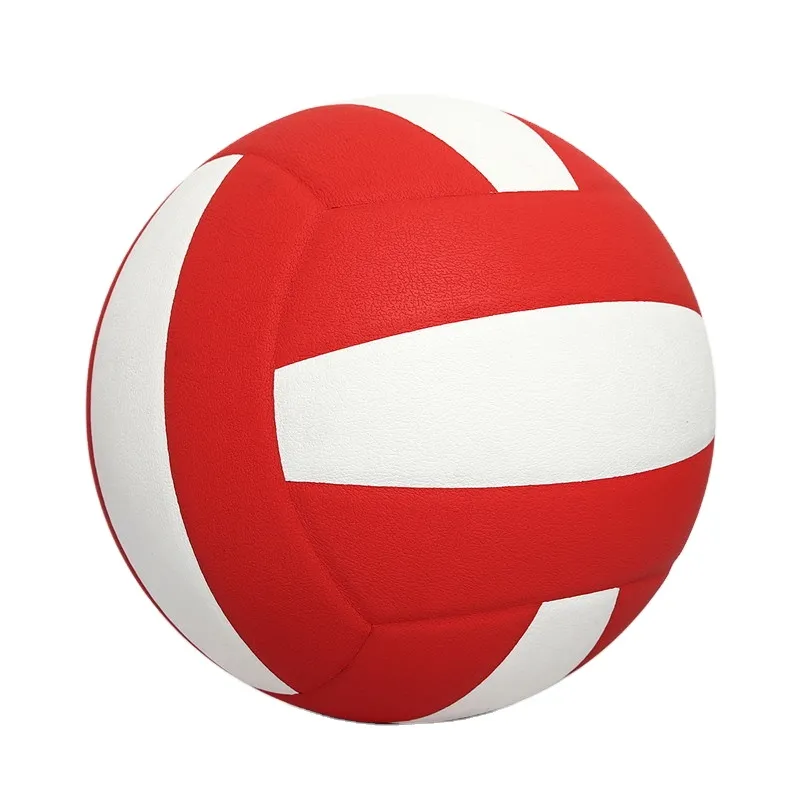The quest to find an ideal leather football inevitably leads to various considerations surrounding its price. For many enthusiasts and professionals alike, understanding the intricate balance between cost and quality is crucial. As someone deeply invested in the leather football industry, both as an aficionado and a seasoned expert, this exploration of price dynamics uncovers nuances worth noting for anyone searching for the perfect product.

Leather footballs are synonymous with authenticity and durability, providing an experience that synthetic alternatives often fail to replicate. The price of a leather football typically reflects the quality of materials used, craftsmanship, brand reputation, and additional features. While a higher cost often suggests superior quality, discerning buyers should know what exactly makes a leather football worth its price.
Firstly, the type of leather—full-grain or genuine—affects both the feel and the price. Full-grain leather, known for its toughness and longevity, often commands a higher price due to its unaltered and natural surface. Genuine leather, albeit less expensive, involves more processing, which can impact the football's durability. For a seamless play experience, full-grain leather footballs are usually preferred, particularly by those looking for a product that's worth the investment.

Another factor impacting the price is craftsmanship. Handmade leather footballs, characterized by meticulous stitching and attention to detail, come with a premium price tag. The skills involved in crafting these balls ensure they perform optimally in terms of grip, weight distribution, and overall playability. Mass-produced options, on the other hand, may be more affordable but often compromise on these elements, affecting the game quality.
The brand also plays a significant role in determining the leather football price. Reputable brands, with a legacy of quality and trust, often price their products higher. With these brands, buyers typically pay for the assurance of quality, durability, and performance that has been proven over time. It’s important to not just pay for the name but understand the value the brand brings in terms of product longevity and customer service.
leather football price
Furthermore, eco-friendliness has started to influence the price of leather footballs. Brands investing in sustainable and ethical sourcing of leather might offer higher-priced products. These footballs cater to environmentally conscious consumers who value the manufacturer's commitment to ethical practices.
Potential buyers should also be aware of additional features that might justify a higher price. For instance, some leather footballs come with anti-moisture linings, enhanced grip technology, or personalization options. These additions elevate the playing experience, providing significant value beyond the standard offerings.
When purchasing a leather football, it is essential to evaluate the price concerning these attributes. Such an approach ensures that the buyer gets a well-rounded product that aligns with their needs and expectations. To maximize the purchase, it may also be wise to read reviews, consult with experts, or even try the football out in person if possible, thereby further gauging its value.
In conclusion, the price of a leather football is determined by a complex interplay of material quality, craftsmanship, brand reputation, and additional features. While it is natural to consider price as a primary factor, a comprehensive understanding of what you are paying for can significantly enhance your satisfaction. As an investment, a good leather football provides not only an elevated playing experience but also durability and reliability, justifying its cost over inferior alternatives in the long run. Making an informed choice based on extensive knowledge and experience will ensure that your purchase stands the test of time.












